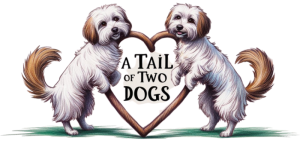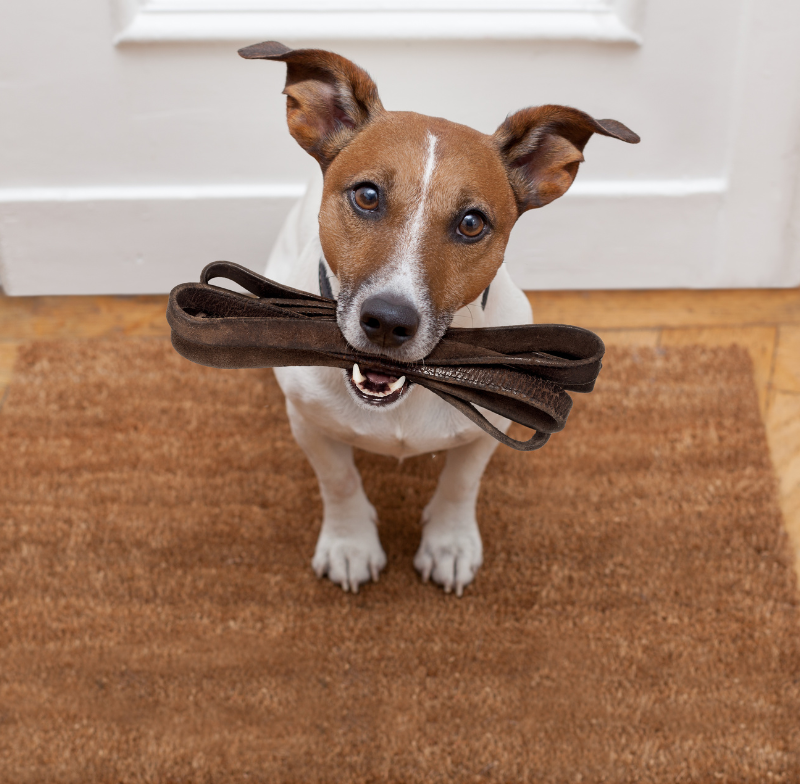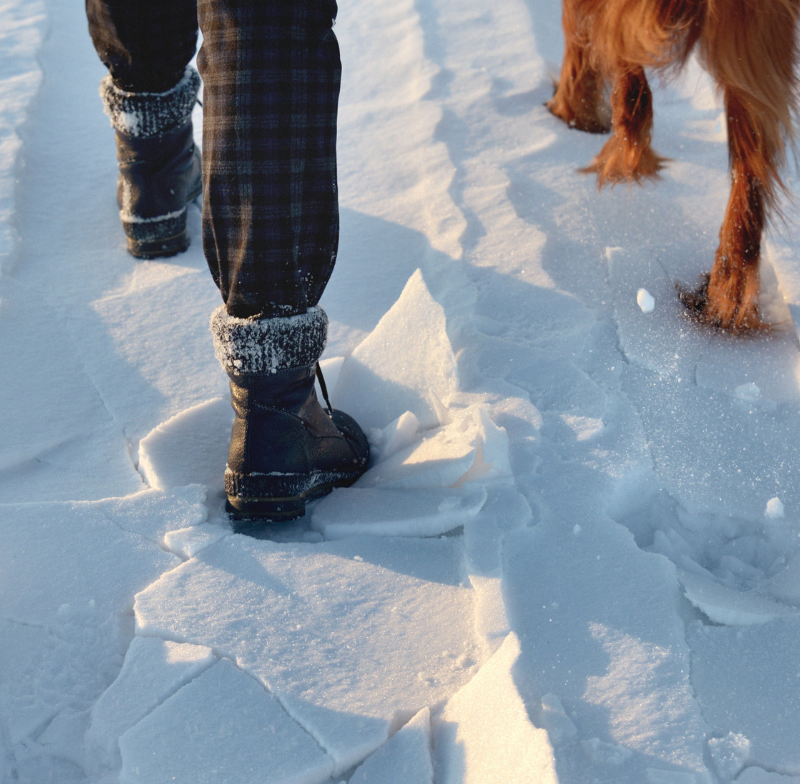One of the most common challenges dog owners face is teaching their furry companions to walk calmly on a lead. While walking your dog should be an enjoyable bonding experience, excessive pulling can turn it into a stressful ordeal. Thankfully, with the right techniques and consistency, you can teach your dog to walk politely by your side. In this post, we’ll explore effective tips to stop your dog from pulling on their lead and ensure your walks are enjoyable for both you and your pup.
Understand Why Your Dog Pulls on the Lead
Before offering some tips on how to stop your dog from pulling on their lead, it’s crucial to understand why your dog is pulling. Dogs naturally walk faster than humans, so pulling often occurs because they want to reach a specific destination or explore something interesting. Sometimes, pulling is a learned behaviour, reinforced when they’ve previously been allowed to pull to get what they want. Understanding these reasons will help you address the problem with the right approach and patience.
Start with the Right Equipment
The first step to stop your dog pulling on their lead is ensuring you have the right equipment. While a standard collar and lead might work for some dogs, others may need specialized tools to make training more effective. Consider investing in a front-clip harness, which helps redirect your dog’s movement and discourages pulling. A head collar is another option, especially for larger, more stubborn dogs. Avoid choke chains or prong collars, as they can cause pain and damage, and focus instead on positive reinforcement methods.
Teach Loose-Lead Walking
Loose-lead walking is the foundation for stopping pulling. The goal is to teach your dog to walk on a relaxed lead without tension. Start by holding the lead in one hand and treats in the other. Begin walking, and the moment your dog starts pulling, stop immediately. Stand still and wait for your dog to return to your side or relax the lead. When they do, reward them with praise and a treat. Repeat this process consistently during every walk, and over time, your dog will learn that pulling doesn’t get them anywhere.
Use Positive Reinforcement
Positive reinforcement is a powerful tool when training your dog to stop pulling on the lead. Reward your dog every time they walk beside you without pulling. High-value treats, such as small pieces of chicken or cheese, can be particularly effective. Pair treats with verbal praise like “good job” or “yes” to reinforce the behaviour. Over time, your dog will associate walking calmly with positive outcomes and will be more inclined to stay by your side.
Change Direction Frequently
If your dog is pulling to get ahead, try changing direction during your walk. For instance, when your dog pulls forward, turn around and walk in the opposite direction. This strategy helps your dog understand that pulling won’t help them reach their destination. Be consistent with this technique, and soon your dog will start paying more attention to you rather than focusing solely on what’s ahead.
Practice in Low-Distraction Environments
Training your dog to stop pulling on the lead is much easier when you start in a low-distraction environment, such as your backyard or a quiet park. This setting allows your dog to focus solely on you without the added excitement of other people, dogs, or scents. Once your dog has mastered loose-lead walking in a calm environment, gradually introduce more distractions to simulate real-world walking scenarios.
Use the “Heel” Command
Teaching your dog the “heel” command can significantly improve their leash manners. Start by holding a treat at your side to guide your dog into the correct position next to you. As they walk beside you, say the word “heel” and reward them with the treat. Practice this command during short training sessions and gradually increase the duration as your dog becomes more comfortable walking by your side.
Avoid Reinforcing Pulling Behavior
One of the biggest mistakes dog owners make is unintentionally reinforcing pulling behaviour. If your dog pulls and you continue walking, you’re teaching them that pulling is acceptable. Instead, stop walking the moment they pull, and only resume when they’ve relaxed the lead. This approach may require patience, but it’s essential for breaking the cycle of pulling.
Incorporate Mental Stimulation
Sometimes, excessive pulling stems from a lack of mental stimulation. Dogs are naturally curious and need regular mental and physical exercise to stay calm and focused during walks. Before heading out, engage your dog in activities like puzzle toys, training sessions, or a game of fetch to burn off excess energy. A tired dog is often more willing to walk calmly on a lead.
Gradually Increase Walking Challenges
Once your dog has improved their leash manners in quiet environments, it’s time to gradually introduce more challenging scenarios. Start by walking in areas with moderate distractions, such as busier streets or parks. Keep the training sessions short and reward your dog frequently for staying by your side. Over time, your dog will learn to remain focused even in high-distraction settings.
Be Patient and Consistent
Consistency is key when training your dog to stop pulling on their lead. It’s important to stick to the same methods and expectations during every walk. While progress may be slow at times, remember that training is a process that requires patience. Celebrate small victories and stay committed to your training plan.
Seek Professional Help if Needed
If your dog’s pulling behaviour persists despite your efforts, consider seeking help from a professional dog trainer. A qualified trainer can assess your dog’s behaviour and provide tailored solutions to address the issue. Group obedience classes can also be beneficial, as they offer opportunities for your dog to practice leash manners in a controlled environment with other dogs.
Make Walks Enjoyable
Finally, make your walks enjoyable for both you and your dog. Allow your dog to sniff and explore within reason, as this is an essential part of their sensory experience. Consider incorporating games, like “find it” with treats, to keep them engaged. By making walks fun and rewarding, your dog will be more likely to stay focused on you and walk calmly on the lead.
Stopping your dog from pulling on their lead requires a combination of patience, consistency, and positive reinforcement. By understanding the reasons behind pulling, using the right equipment, and practicing effective training techniques, you can teach your dog to walk politely by your side. Remember that progress may take time, but with dedication and the tips shared in this post, you’ll soon enjoy stress-free walks with your four-legged friend.
For a similar post on tips to stop your dog pulling on their lead, see Should You Walk Your Dog in Snow and Freezing Temperatures in the UK?
Discover more from A Tail of Two Dogs
Subscribe to get the latest posts sent to your email.





Leave a Reply